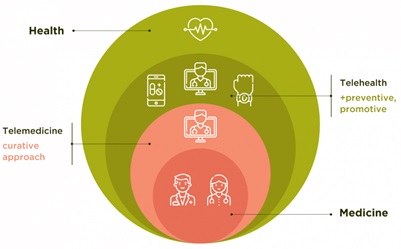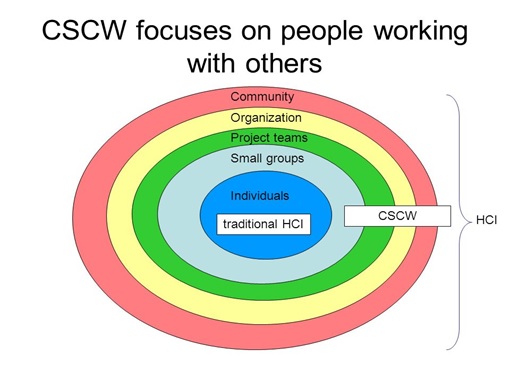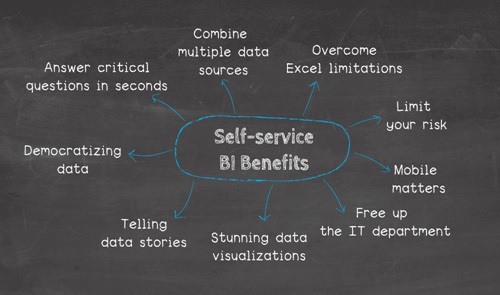Digital Learning, Training, & Development
Training and Development teams have been asked to provide better services and make a bigger impact on their businesses for the best part of 10 years now. Away from work, we have easy and (usually) free access to high quality digital content on the internet and from our smartphones. This ease of access isn't filtering into most workplaces however. Most organisations still rely on classroom training and poor quality elearning content.[1]

Figure 1. The digital learning, Training, & Development
Figure 1 shows the “Digital Learning does not mean learning on your phone, it means ‘bringing learning to where employees are.’ It is a ‘way of learning’ not a ‘type of learning.’[3]
Most organizations make use of a range of learning and development methodologies and include a combination of face-to-face and digital channels. For many organizations, it’s not enough to look at a digital learning strategy on its own. Instead, they review the entire learning offering and put together a blended learning strategy or overarching L & D strategy before they focus in on digital itself.[3]
5 benefits of digital learning
1. Empowering: Opportunity for workplace learning and development is the #1 reason people want to work at an organization. Technology puts learning and development in the hands of your end users and can offer them freedom around how and when they use it.
2. Measurable/Flexible: with learning analytics available within most modern learning tools, digital learning enables you to track employee engagement with learning, shares, drop-off points, user comments and lots more.
3. Connected: xAPI learning technologies enable you to connect the dots between all kinds of resources, experiences and activities that make up an individual’s learning journey and guide them from one relevant piece to the next to make learning continuous.
4. Always available: people learn on the fly, in the moment, on their commute – basically when they can or when they want to. Digital learning is always on and can be delivered in bite-size pieces that allow it to be used flexibly.
5. Personalized: modern learning technologies enable you to produce personalized or adaptive learning solutions that target an individual’s role, needs and skills gaps, in their own localized language.
6 tips for better digital learning in the workplace
- Give employees flexible learning paths
- Provide opportunities to learn soft skills
- Create consumer-like learning experiences
- Find ways to boost learning engagement
- Explore VR, AR for corporate learning
- Create a purpose-driven digital learning strategy[4]
Limitations of Employee Training through E-learning
- E-learning is highly technology-dependent. A slow internet connection can become a hurdle in the training process.
- Unmotivated and unenthusiastic learners might find it difficult to concentrate through e-learning.
- Some courses can be tough to teach in the absence of a traditional hands-on approach.
- Lack of face-to-face interaction and lack of interaction with the trainer can lead to foundering.[2]
References:
- https://blog.logicearth.com/training-development-skills
- https://blog.vantagecircle.com/employee-training-elearing/
- https://www.elucidat.com/digital-learning-development-strategy/
- https://searchhrsoftware.techtarget.com/feature/10-LD-trends-for-the-next-normal
Cite this article:
Thanusri swetha J (2021), Digital Learning, Training, & Development, AnaTechMaz, pp. 23















